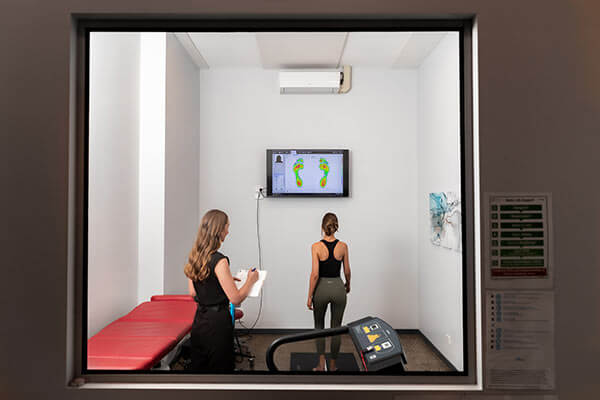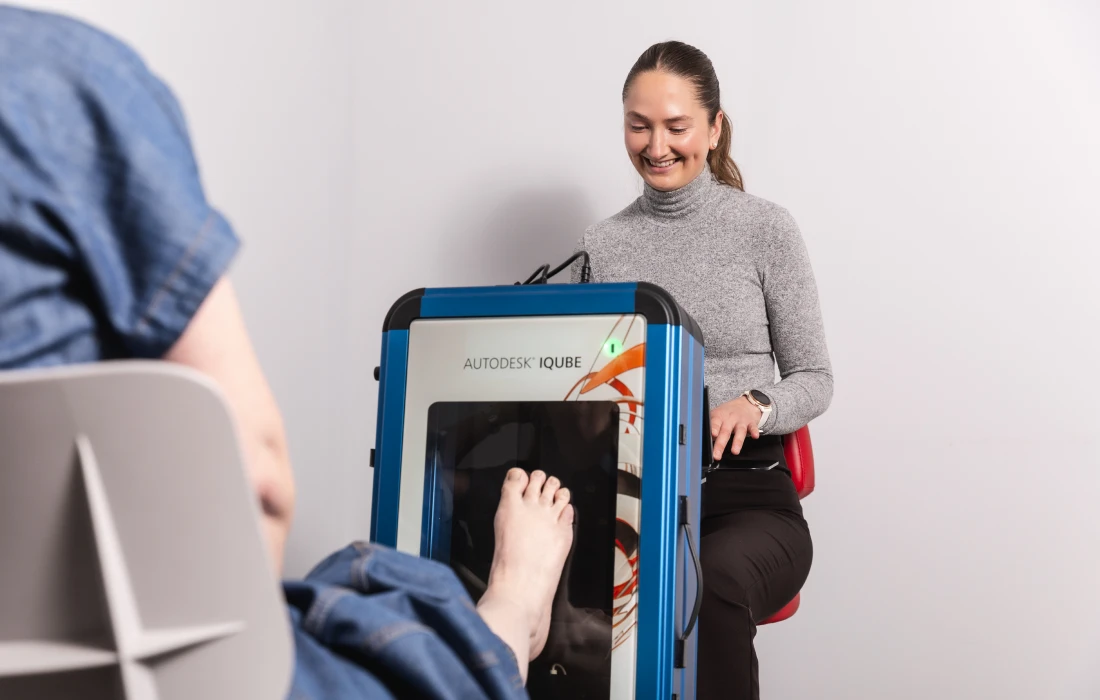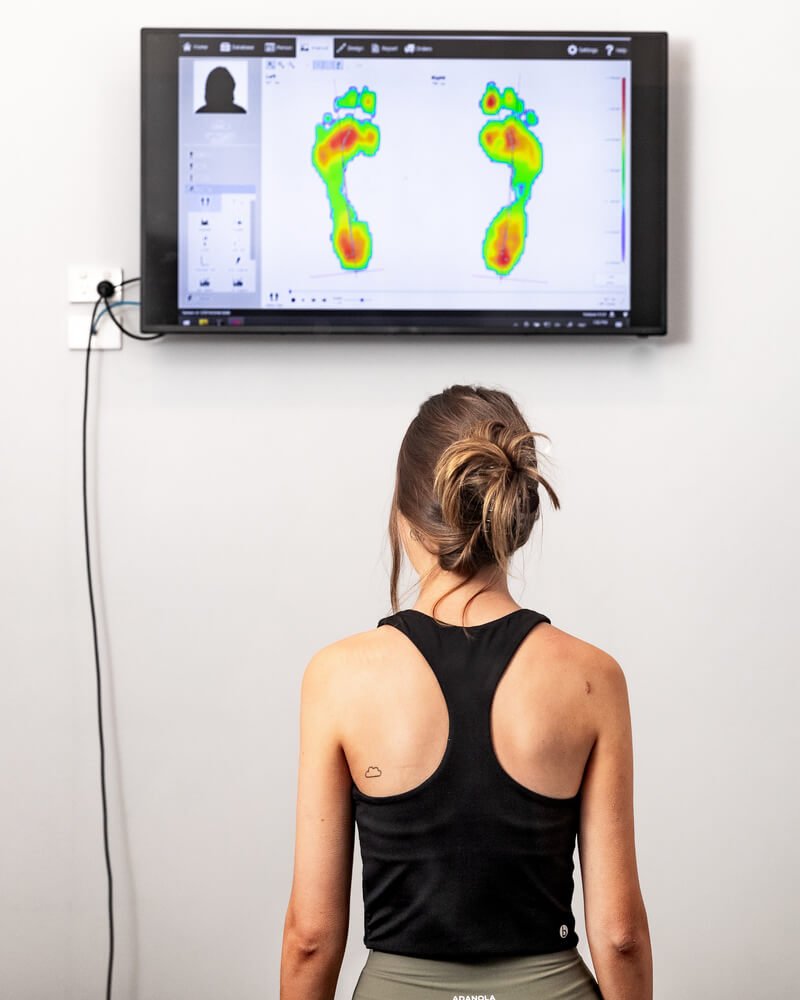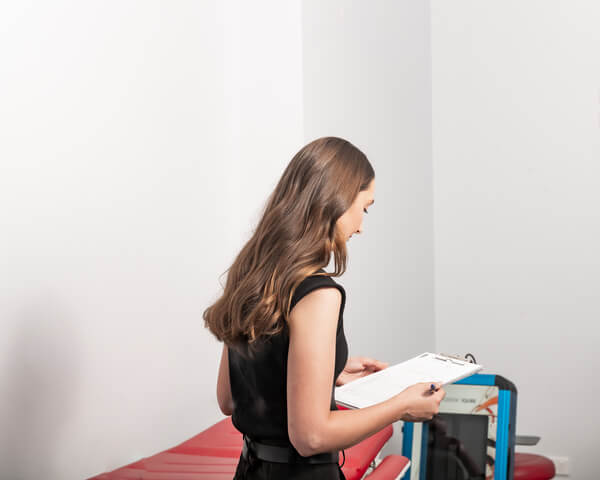Biomechanical Assessment
What is a Biomechanical Assessment?
A biomechanical assessment is a physical examination used to see how the body moves and works together. It identifies any imbalance or areas under stress which may be the cause of your pain. At Hampton Podiatry, we use biomechanical assessment to help uncover why a patient is experiencing symptoms. It is one part of our detailed assessment process that can lead to more tailored treatment outcomes.


The Benefits of a Biomechanical Assessment
A biomechanical assessment is used to treat pain and prevent pain within the feet, knees, hips, back and throughout the body. A biomechanical assessment will identify why you are experiencing a specific issue. We can assess your walking and running style and prevent any areas from being overused; this can reduce pain and prevent injuries. The other outcomes of a biomechanical assessment include:
- Reducing callus or corns.
- Addressing pain throughout the entire body.
- Prevent surgeries.
- Prevent injuries.
- Help with shoe wear and increase the lifespan of your shoes.
- Ultimately, it helps you to get back to doing what you love.
What to Expect During a Biomechanical Assessment?
1. History
First, we’ll discuss your medical history to understand how past injuries or conditions could be affecting your body now.
2. Posture
We’ll assess your posture when you’re standing still and when you’re moving around. If you’re an athlete, we’ll look at your posture when you’re performing repetitive motions associated with your sport. For example, if you’re a runner, we’ll assess your posture while you’re running.
3. Range of Motion
Next, we’ll assess your range of motion through your ankles, big toes, hips and other areas. This can show us any tightness or imbalance through these areas, which can add to your symptoms.
4. Muscle Testing
Muscle testing looks for any weakness or tightness.
5. Force Platform
Using technology called the Force Platform, we assess your muscles and range of motion when standing and walking.
6. Balance Testing
We’ll also test your balance to assess whether there is room for improvement.
7. Footwear Assessment
Finally, we’ll assess your footwear to determine whether your shoes are providing appropriate support.


After Your Biomechanical Assessment
Once your podiatrist has completed a thorough biomechanical assessment, they can diagnose any concerns and recommend a treatment plan. This may include custom orthotics which help to realign the foot into its proper anatomical position.
FAQ’s About Biomechanical Assessment
How long does it take?
Our biomechanical assessments take approximately 30 minutes.
Will I experience any pain?
No. There is nothing invasive during a biomechanical assessment.
What should I wear?
Comfortable clothing that you can move freely in. You should wear shoes that you typically wear. If you wear one pair of shoes every day, it may be helpful to bring them too.
Why Choose Hampton Podiatry?
At Hampton Podiatry, our focus is on providing quality podiatry care at competitive prices.
Our professional team of registered podiatrists and support staff have over 30 years’ experience serving the Hampton community. In our purpose-built clinic, you’ll find leading technology to provide accurate assessment and tailored treatment. For holistic podiatry care from an experienced team, book your appointment at Hampton Podiatry today.

Book a Podiatry Appointment
If you’re looking for an experienced podiatrist to complete a comprehensive biomechanical assessment, contact our team today.
